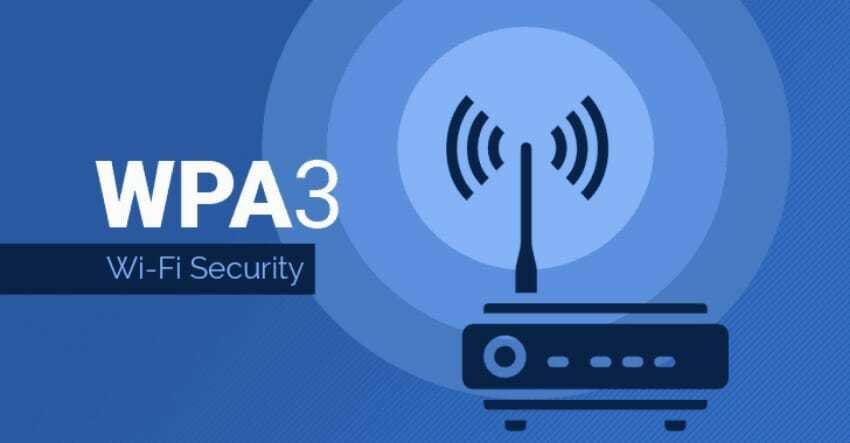WiFi security is finally getting an upgrade after 14 years. The Wi-Fi Alliance yesterday officially introduced WPA3, the new WiFi standard that promises to address many of the vulnerabilities found in wireless networking.

The Wi-Fi Alliance, which is a partnership of companies consisting of various device manufacturers, such as Apple, Microsoft and Qualcomm, presented yesterday in a relevant announcement on its website, the mode of operation and security of the new expected WP3 protocol.
According to its writings, the new WPA3 brings personalized data encryption που θα προστατεύει τα δεδομένα σας από την παρακολούθηση τους μέσω του δικτύου WiFi. Επίσης, θα έχετε πιο αυστηρές συνδέσεις, μέσω SAE (Simultaneous Authentication of Equals), το οποίο είναι ένα βασικό πρωτόκολλο installations which reduces the chances of someone guessing your password – even if it's a simple one.
If you use WPA3-Enterprise professional security, you'll have a similar encryption strength to 192-bit, which should make it harder to crack secure data. There will also be an easier setup for smart homes Appliances, through Easy Connect, which will allow you to useste your phone to set up your WiFi devices that have either a small screen or no screen.
For when will you see WPA3 on your devices depends on the manufacturer and when they will introduce WP3 through updates or through hardware replacement. WPA2 will not stop working soon (it will remain interoperable), but WPA3 support will eventually become mandatory on any Wi-Fi Alliance certified product, and the device will most likely be configured with WPA3 by default .





